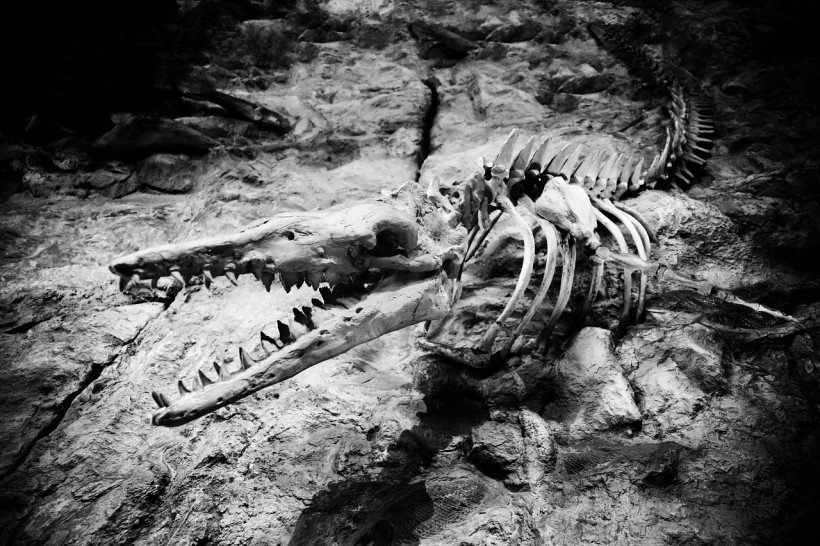Scientists have revealed that a 75-million-year-old tyrannosaur's last meal was two baby dinosaurs.

Predatory Tyrannosaurus' Last Meal: Two Baby Dinosaurs
According to the researchers, preserving tyrannosaurus and baby dinosaurs could shed light on the lives of such predators. Dr. Darla Zelenitsky from the University of Calgary, one of the study's lead scientists, explains that there is clear evidence that tyrannosaurs had a remarkably changed diet as they got older. The details were documented in the "Exceptionally preserved stomach contents of a young tyrannosaurid reveal an ontogenetic dietary shift in an iconic extinct predator" study.
This exact specimen is a gorgosaurus juvenile. This dinosaur is a close cousin of the massive T. rex.
It was found that the gorgosaur was roughly seven years old, making it an adolescent in developmental terms. When it died, it was approximately 330 kilograms heavy, making it around one-tenth of a fully-grown adult's weight. It may have also been four meters long.
The limbs of two baby bird-like dinosaurs, centipedes, could be seen under their ribcages. Dr. Zelenitsky explains that they know how teenage tyrannosaurs hunted young and small dinosaurs.
Earlier fossil evidence, such as clear bite marks on larger dinosaurs' bones that match the teeth of the tyrannosaur has enabled researchers to know more about how these massive gorgosaurs attacked and preyed on huge herbivorous dinosaurs that lived among herds.
According to Dr. Francois Therrien from the Royal Tyrell Museum of Palaeontology, the adult gorgosaurs were indiscriminate eaters. These predators could have pounced over huge prey, scraped flesh, and bit bones. However, the smaller and younger ones may not have been ready for this.
Distinct Feeding Habits of Juveniles
The discovery was made in 2009 in Alberta Badlands, a dinosaur-hunting hotspot. As it was entombed in rock, it took several years of preparation. The prey inside the fossils was also not immediately clear. They eventually noticed that the small bones of the toes were sticking out from the specimen's ribcage.
The specimen is unique, showing that the juveniles appeared to have a distinct feeding strategy. As adults bit and scraped on their prey using their killer teeth, this juvenile appeared to select and dissect its prey.
In the past, scientists hypothesized that juvenile tyrannosaurs' diets differed from those of fully developed adults. However, the fossil finding serves as direct evidence of such claims.
Postdoctoral researcher Kat Schroeder from the Department of Earth and Planetary Science of Yale University, who did not participate in the study, explains that the discovery is remarkably significant considering how rare it is to find skeletons of juvenile tyrannosaurs. Teeth can only reveal extinct animal diets. Hence, finding actual contents in the stomach is remarkably concrete.
RELATED ARTICLE: Dinosaur Cloning Might Become Possible: First Healthy Prehistoric DNA Was Found in a Perfectly Preserved Fossil in China
Check out more news and information on Paleontology in Science Times.














